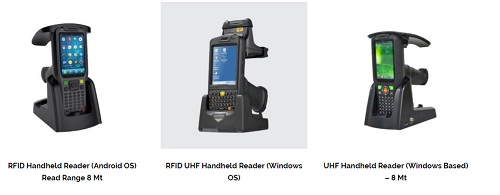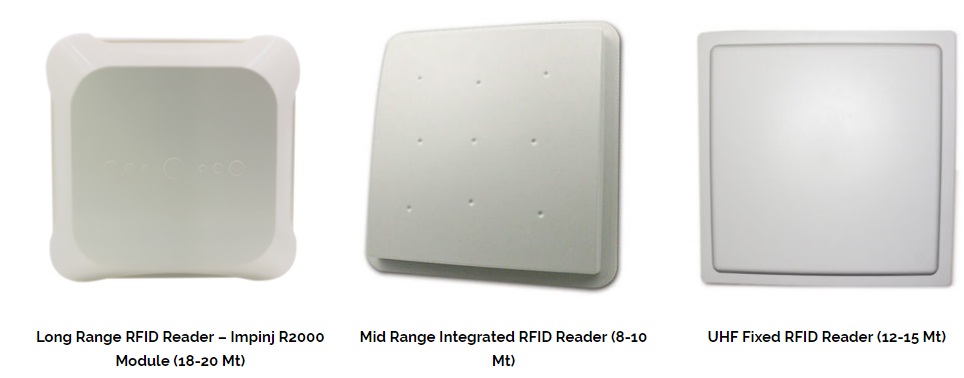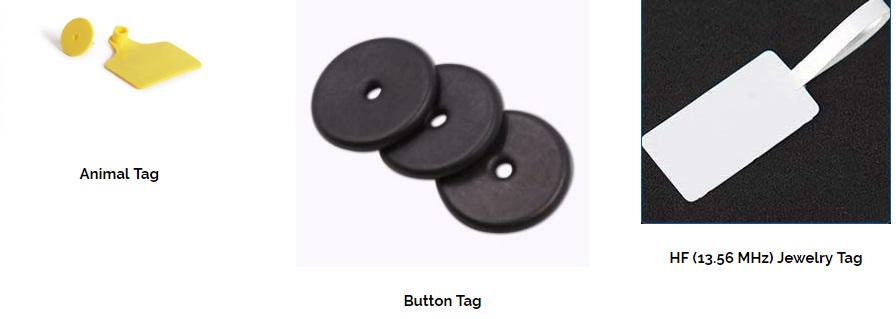
Radio Frequency Identification, RFID, is currently the most happening technology in terms of tracking an object or even an individual and has significantly boosted the business of suppliers of handheld data terminals. Much like a barcode, RFID, is generated from a digital data encoded smart label that is put on a tag, which again is further attached to the object or individual to be tracked. These smart labels emit data encoded radio waves, which when scanned with a compatible receiving device decodes the information. A key area where RFID excels over generic barcoding is that, RFID’s can be read from even at a distance of multiple feet and that too without being directly in the line of sight of the tag ( in case of barcodes, the reading device must be directly aligned with the tag.)

The functioning of RFID
The RFID functions on a very basic level two-way signal transmitting-receiving method. The RFID system essentially contains two components, the Tag or Label (which stores the unique serial number for each to-be-tracked object) and the interrogator (to read the information on the tag). The tag is further comprised of two elements, a micro-chip that stores and processes data, and a radio wave transmitting-receiving antenna. The interrogator on the other hand only houses a two-way radio transmitter-receiver antenna. This interrogator emits radio waves at the tag, enquiring of the data, to which the tag responds and sends feedback, the interrogator further receives this feedback and transmits it to an RFID computer program.

Types of RFID
The RFID can be categorized from two different approaches. One, depending on the frequency of the RFID system ( Low Frequency, High Frequency and Ultra-High Frequency ) and two, depending on the built pattern of the system ( Active RFID, Passive RFID, BAP RFID.)
Depending on the need of the trackers the RFID System varies. The LF RFID reads frequencies between, 30 KHz to 300 KHz, the HF RFID reads frequencies between, 3 to 30 MHz and the UHF RFID read the frequencies 860 – 960 MHz. The UHF RFID faces a rather comprehensive application, including areas like, retail stock monitoring, pharmaceutical hostile, forging and wireless device designing.
Further as we segregate the RFID systems into active, passive and BAP, we see, Active systems are built with tags that have their own personal transmitter and power source (a battery,) Passive RFIDs rely mainly on the radio signal sent by the reader’s antenna and the BAP (Battery Assisted Passive) feeds off the vitality of a nearby Active RFID tag.
The Active RFID systems are very less applied, considering its high cost. The Passive RFID systems however are the most common ones used in the regular market. Owing to this particular reason, even though RFID solution companies in India manufacture all types of RFID systems, the RFID passive tags suppliers remain in the maximum demand zone.
For Any inquiry regarding RFID Solutions please kindly call us at 09999727213 or mail us at sales@etsrfid.com